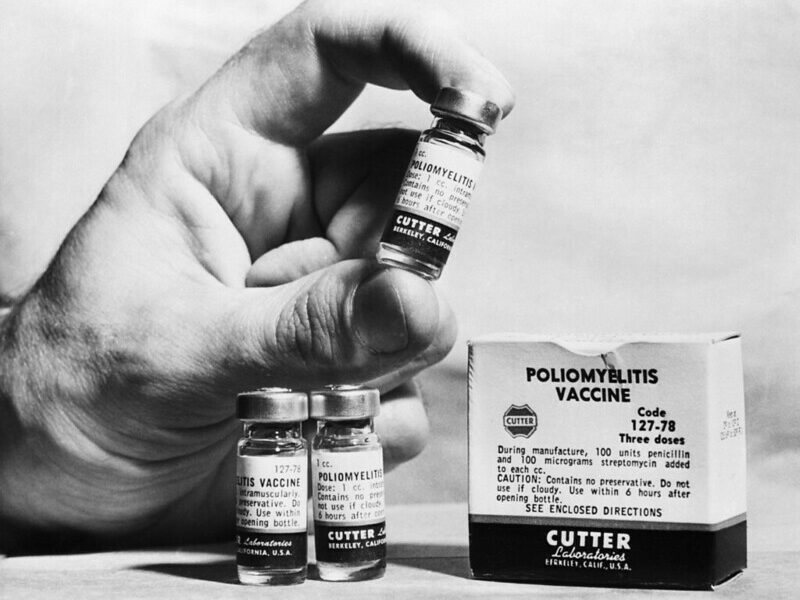In late March 2018, a patient in the United Kingdom came down with the first known case of a strain of gonorrhea resistant to two of the most commonly used drugs: azithromycin and ceftriaxone. The patient is said to have required the infection while traveling in Southeast Asia. Given the patient’s resistance rate, doctors are trying an experimental treatment of IV ertapenem, and are awaiting the results [4]. Gonorrhea is one of the most common sexually transmitted disease [2].
The bacterium that causes gonorrhea, Neisseria gonorrhoeae, has become resistant to many antibiotics over the years [2]. As early as the 1970s and 80s, the bacterium developed resistance to penicillin and tetracycline; and within most recent years, developed resistance to fluoroquinolones, which are a class of drugs that include Cipro. This leaves only one family of drugs left, cephalosporins; however, resistance has begun to emerge with this class as well [5]. According to the Center for Disease Control [CDC], “thirty percent of new gonorrhea infections each year are resistant to at least one drug” [5]. To address this, in 2010, the CDC recommended that cephalosporin be used in dual treatment with either doxycycline or azithromycin. This new case in the UK has proved the CDC’s fears that “little…stands between us and untreatable gonorrhea”, and highlights that more must be done to combat the increased drug resistance [5].
An estimated 78 million people are impacted by the infection globally, and about 820,000 of which are reported in the United States, according to the CDC and World Health Organization [WHO] [2, 4]. The rates of gonorrhea infection are only rising from 2016 to 2017 they have increased by 39%. This spike has been attributed to not only an artificial rise from an increase in surveillance but also changes in sexual behaviors [6]. Another insidious aspect of gonorrhea infection is that it is not uncommon for those who are infected to be asymptomatic, which may attribute to the increased spread of disease [1]. It can take two to five days after sexual contact for symptoms to develop, but it may take longer to appear in some cases if at all [6]. If symptoms do occur, for men it may cause, burning when urinating, or white, yellow, or green discharge from the penis. For women, symptoms may be mistaken as a bladder or vaginal infection, since the symptoms are more mild. But they may cause pain when urinating, increased vaginal discharge, or vaginal bleeding between periods [1]. A pregnant woman who becomes infected with gonorrhea should notify her doctor and begin treatment immediately because delivery may infect her child, which can cause blindness, joint and blood infections [6]. Gonorrhea can also cause rectal infections that cause discharge, anal itching, soreness, bleeding, and painful bowel movements. If left untreated, gonorrhea can cause serious and permanent health concerns in men and women [1]. It can spread to the blood and joints causing gonococcal arthritis, and it can also increase the likelihood of contracting HIV [1, 6]. For women, untreated gonorrhea infection can cause pelvic inflammatory disease, which can cause ectopic pregnancy and infertility. For men, a painful condition that occurs in the tubes that are attached to the testes can occur causing sterility [6].
To fight the rise of drug resistant gonorrhea, there has been research into a possible vaccine. With the collaboration of researchers, Aleksandra Sikora of Oregon State University and Nicholas Noinaj of Purdue University, there has been progress in a new therapeutic approach by exploring the mechanism behind important proteins on the N. gonorrhoeae bacteria’s outer membrane [3]. This research has led to important realizations about the function and the structure of the multicomponent protein complex located on the bacteria’s membrane known as BAM, beta-barrel assembly machinery. In particular, BamE is exposed on the cell surface but is not essential for cell viability. According to Sikora, “BamE opens the door to a structural vaccinology approach” to combating this battle against multi-drug resistant gonorrhea strains [3].
While the world waits on a possible vaccine, the most important way to combat the spread of gonorrhea, and all sexually transmitted diseases, is to use a form of barrier protection while performing vaginal, oral, or anal sex. As well as, repeated STD screenings after having unprotected sex with a new partner. If you are concerned that you may have contracted gonorrhea or any other STD, please contact a healthcare provider.
Works Cited
- “Gonorrhea.” Centers for Disease Control and Prevention, Centers for Disease Control and Prevention, 4 Oct. 2017, www.cdc.gov/std/gonorrhea/stdfact-gonorrhea.htm.
- Kennedy, Merrit. “Gonorrhea Strain Thwarts 2 Main Drugs, Raising Concerns It's Becoming Untreatable.” NPR, NPR, 29 Mar. 2018, www.npr.org/sections/thetwo-way/2018/03/29/597906009/gonorrhea-strain-thwarts-two-main-drugs-raising-concerns-its-becoming-untreatabl?utm_source=dlvr.it&utm_medium=twitter.
- Sanders, Linley. “Super-Resistant Gonorrhea Is Here.” Teen Vogue, TeenVogue.com, 29 Mar. 2018, www.teenvogue.com/story/first-case-of-super-resistant-gonorrhea-reported?mbid=social_twitter.
- “United Kingdom Reports Highly Resistant Gonorrhea Case Acquired Abroad.” Outbreak News Today, 28 Mar. 2018, outbreaknewstoday.com/united-kingdom-reports-highly-resistant-gonorrhea-case-acquired-abroad-89290/.
- “University of Kansas Reports Increase in Gonorrhea.” Outbreak News Today, 17 Feb. 2018, outbreaknewstoday.com/university-kansas-reports-increase-gonorrhea-87738/.
